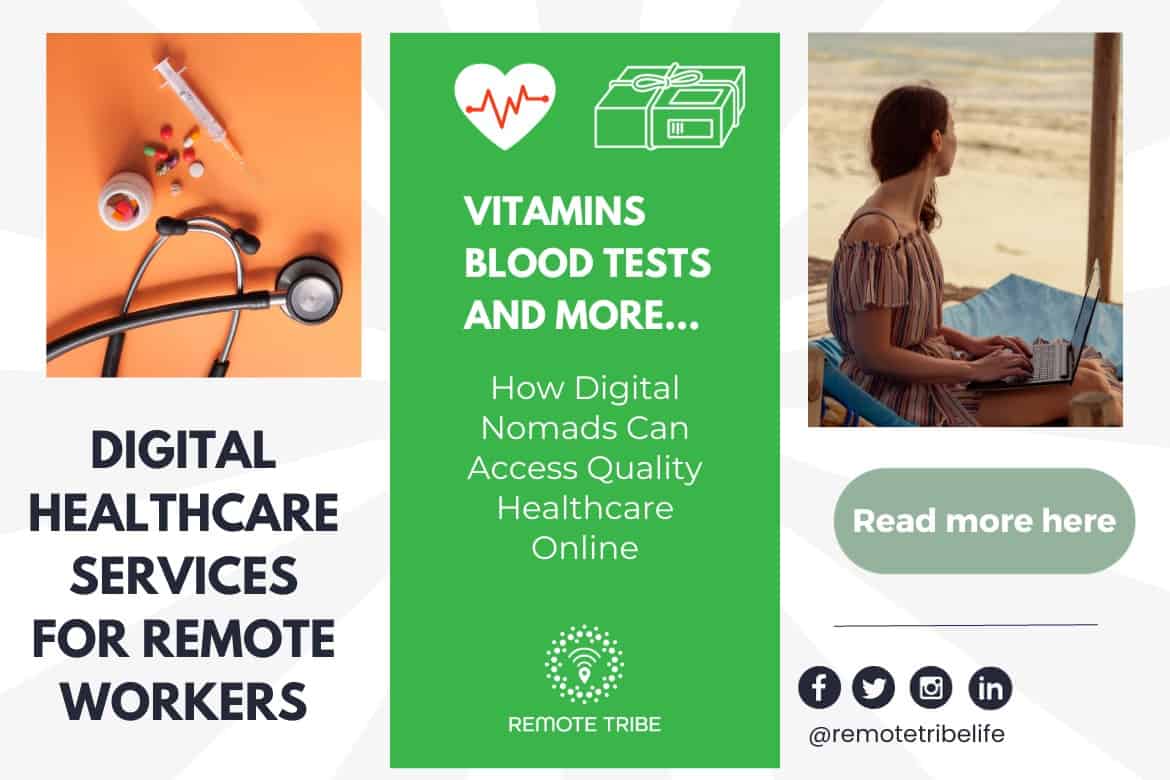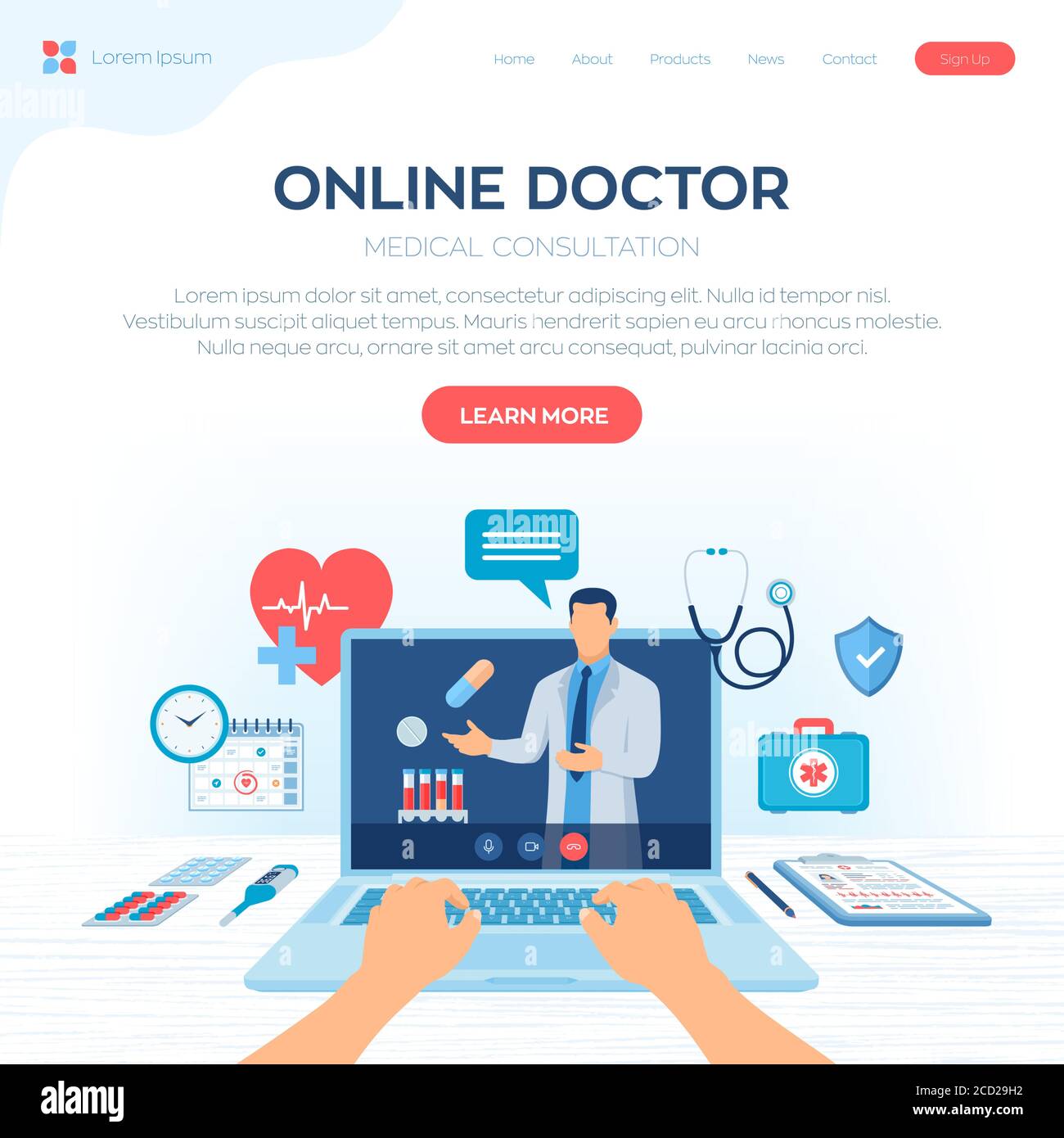A Comprehensive Guide to Subscription Based Healthcare: What You Need to Know
A Comprehensive Guide to Subscription Based Healthcare: What You Need to Know
Blog Article
Recognizing the Cost-Effectiveness of Subscription-Based Healthcare Designs
As the healthcare landscape develops, subscription-based versions become a compelling option, assuring to redefine how individuals handle clinical expenses. Assessing these designs' cost-effectiveness demands a nuanced contrast with conventional insurance coverage, taking into consideration both financial implications and client contentment. While they offer transparency and predictability in costs, concerns stay regarding their capacity to fulfill varied healthcare needs, especially for specialized treatments. The point of views of doctor better complicate this formula, presenting a multifaceted challenge. What does the future hold for these models, and can they truly deliver on their guarantee of available, budget friendly treatment?
Overview of Subscription-Based Models
Subscription-based medical care designs, in some cases referred to as straight main care or attendant medication, are increasingly gaining focus as a prospective service to inadequacies within typical health care systems. These models run on the principle of offering individuals straight access to medical care providers with a month-to-month or annual cost, bypassing the need for standard insurance devices. This arrangement aims to simplify patient-provider communications by minimizing management burdens, which typically hinder prompt and personalized treatment.
At the core of subscription-based models is the focus on a much more individualized individual experience. Individuals benefit from improved access to their physicians, typically including same-day or next-day appointments, prolonged examination times, and straight communication networks such as phone or video phone calls. This version cultivates a positive technique to healthcare, where patients and providers can collaboratively concentrate on preventative care and chronic disease management.

Cost Contrast With Traditional Insurance Policy

One of the key economic advantages of subscription models is openness in expenses. Alternatively, traditional insurance may be much more helpful for people calling for specialized treatment or pricey treatments not covered under a registration version, as they profit from the wider insurance coverage network and cost-sharing systems.
Nevertheless, cost-effectiveness is context-dependent. While membership versions may provide cost savings for those mainly needing health care, individuals with chronic conditions or specialized healthcare needs might discover typical insurance coverage a lot more thorough. Evaluating details healthcare requirements and possible use is critical in identifying the most cost-efficient alternative for individuals.
Effect On Patient Complete Satisfaction
Patient complete satisfaction within subscription-based medical care models frequently reflects a considerable renovation over typical insurance policy systems. Unlike traditional systems, where people might experience hold-ups in obtaining treatment, subscription-based designs ensure even more straight and timely communications with healthcare companies.
Additionally, the transparency in expenses related to subscription-based medical care relieves the common aggravations associated with unforeseen fees and complicated billing procedures seen in traditional insurance coverage (subscription based healthcare). Individuals appreciate understanding the precise financial dedication upfront, bring about enhanced count on and confidence in their healthcare management
Furthermore, the emphasis on preventive treatment and wellness in subscription versions adds to boosted wellness outcomes, better enhancing individual contentment. By concentrating on recurring health care instead than episodic care, people experience an even more continual and holistic medical care journey.
Furthermore, the improved provider-patient connection promoted in these designs, identified by more time invested per individual and personalized attention, plays a vital role in elevating individual fulfillment degrees, as patients really feel really cared for and comprehended.
Supplier Viewpoints and Experiences
From the copyright's viewpoint, subscription-based health care models supply a transformative strategy to supplying medical services. These designs stress a preventative and positive health care technique, enabling companies to concentrate on detailed person treatment without the constraints of typical fee-for-service arrangements (subscription based healthcare). This change in focus usually results in enhanced individual end results and raised copyright fulfillment, as healthcare experts can designate even more time and resources to person involvement and individualized care strategies
Furthermore, membership versions promote foreseeable earnings streams, which boost monetary security for healthcare suppliers. This predictability enables boosted source planning and appropriation, adding to a much more efficient health care distribution system. Companies can spend in team training, facilities, and innovation renovations, therefore boosting the high quality of care offered.
Nevertheless, the shift to subscription-based versions is not without obstacles. Regardless of these hurdles, numerous suppliers locate that the advantages of raised patient interaction and streamlined operations outweigh the initial challenges, making subscription-based models an attractive option.
Future Prospects and Challenges

A main challenge is governing conformity, as subscription versions need to adhere you can find out more to advancing health look at this web-site care policies and insurance policy demands. This necessitates continual adaptation and innovation to make sure alignment with lawful requirements. In addition, integrating these models right into existing healthcare facilities can be complex, needing significant financial investments in technology and training.
There is likewise the potential danger of creating inequities in medical care gain access to, as registration models could favor those who can manage them, leaving susceptible populaces underserved. Addressing this needs thoughtful factor to consider of pricing methods and subsidy systems to make certain inclusivity.
Conclusion
Subscription-based medical care models provide a sensible alternative to conventional insurance policy by offering monetary predictability and openness, particularly benefiting individuals with persistent problems or frequent health care demands. The cost-effectiveness of these versions is contingent upon private health care use patterns and conditions. While they may enhance individual contentment and streamline budgeting, difficulties stay in attending to specialized treatment demands. Future considerations include balancing extensive protection with cost and incorporating these versions within the more comprehensive medical care system for optimum outcomes.
Subscription-based medical care versions, often referred to as straight key treatment or attendant medicine, are increasingly acquiring interest as a possible solution to inefficiencies within typical healthcare systems. Unlike traditional systems, where patients could experience hold-ups in receiving treatment, subscription-based versions guarantee more timely and straight communications with health care suppliers.
These designs emphasize a get redirected here aggressive and preventative healthcare approach, enabling service providers to focus on thorough client care without the restraints of conventional fee-for-service setups. As these designs continue to get traction, they supply the prospective to revolutionize individual access to care, simplify service distribution, and optimize medical care spending.Subscription-based medical care models offer a practical choice to traditional insurance policy by providing economic predictability and transparency, especially profiting individuals with persistent problems or frequent medical care needs.
Report this page